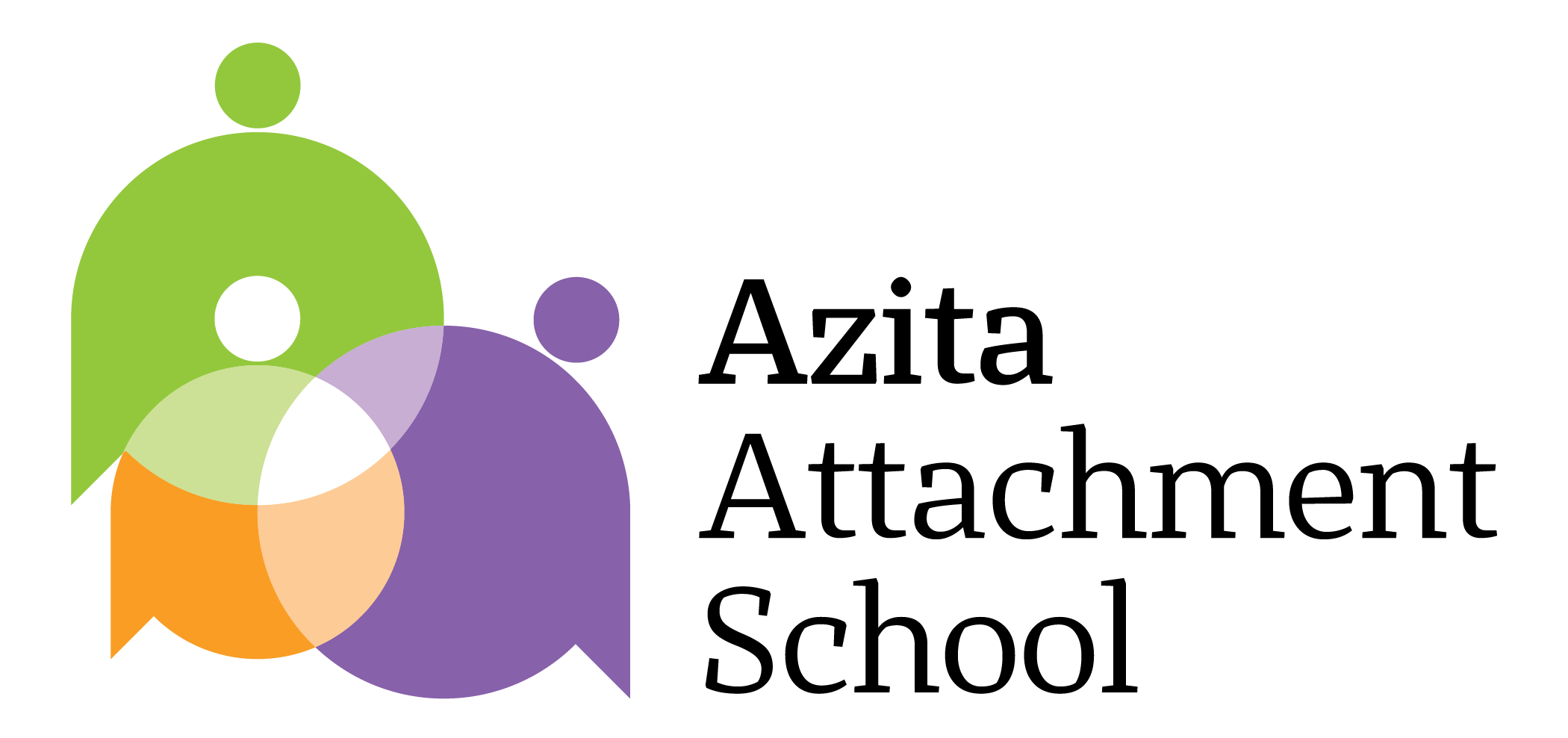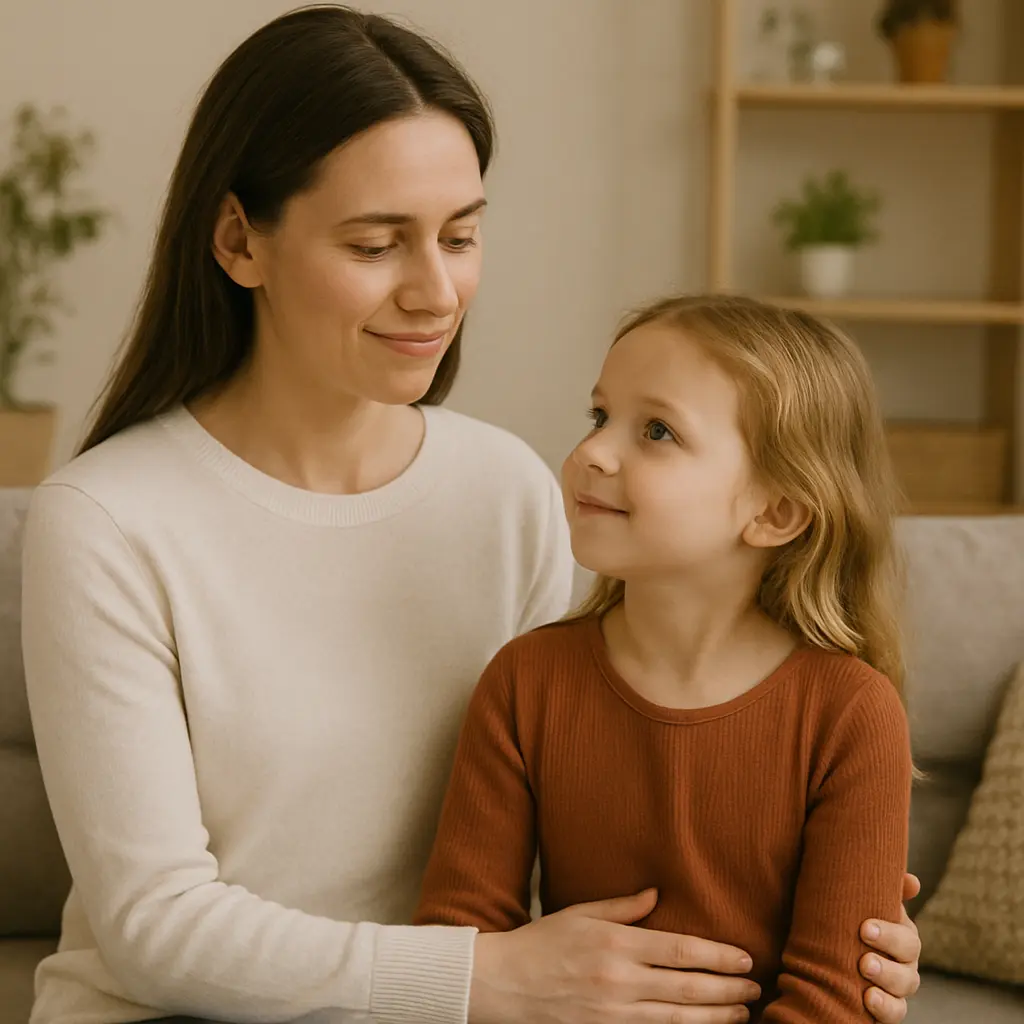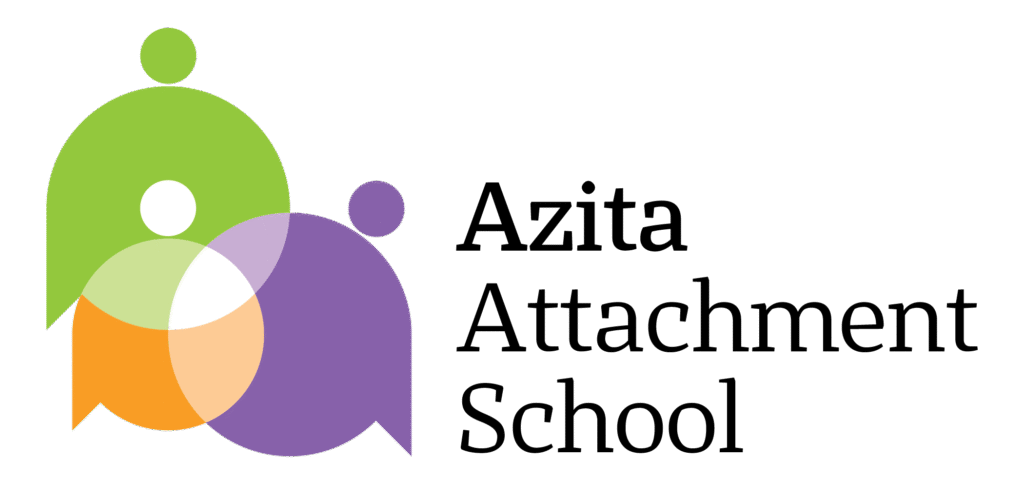This article explores the principles of conscious parenting and teaches how mindfulness, emotional regulation, and present-moment awareness can help build a secure and responsive relationship with your child.
Introduction
Have you ever found yourself losing control in the exact moment your child cries, screams, or shuts down? Many parents respond to their child’s behavior with automatic reactions rather than intentional connection. Conscious parenting offers a way to pause, reflect, and respond—not from fear or control, but from awareness and relationship.
Section 1: What Is Conscious Parenting?
Conscious parenting is a blend of self-awareness, emotional regulation, mindfulness, and relational responsibility. It focuses not on controlling the child, but on transforming the inner world of the parent.
🔍 Key qualities of a conscious parent:
- Aware of their own thoughts and emotions in real time
- Sees the child’s behavior as communication, not manipulation
- Can pause and respond with empathy rather than react impulsively
- Actively reflects on and repairs inherited insecure parenting patterns
Section 2: Reactive vs. Conscious Parenting
| Situation | Reactive Parenting | Conscious Parenting |
| Child’s anger or meltdown | Yells or punishes | Breathes, connects, and reflects |
| Interpretation of behavior | Disobedience or defiance | Signal of an unmet emotional need |
| Internal state of parent | Victim or powerless | Grounded, responsible, and growing |
Section 3: How to Bring Mindfulness Into Parenting
- The Intentional Pause
Before reacting, take a few seconds to pause and name your feeling:
“I’m feeling angry right now—but I choose to stay quiet and grounded.” - Regulate With the Breath
Slow, deep breathing activates the prefrontal cortex—the part of the brain responsible for decision-making and emotional regulation. - See Behavior as a Signal, Not a Problem
Instead of asking, “Why is she doing this?” ask, “What is she struggling to express right now?” - Model Mindfulness for Your Child
Talk about your own feelings. Invite your child to name theirs. Practice nonjudgmental presence in everyday moments.
Section 4: Conscious Parenting Is a Path of Self-Transformation
This journey benefits not only the child but the parent as well. It’s an opportunity to revisit one’s own childhood wounds, interrupt unconscious patterns, and build a more secure inner base. When parents feel safe inside, they can become that “safe haven” for their children.
Conclusion
Conscious parenting is the art of turning everyday stress into opportunities for connection, growth, and compassion. And it starts with one simple tool: mindful awareness—of yourself, your child, and the moment you share.
Suggested Reading:
“5 Common Mistakes Insecure Parents Make — And How to Fix Them”


